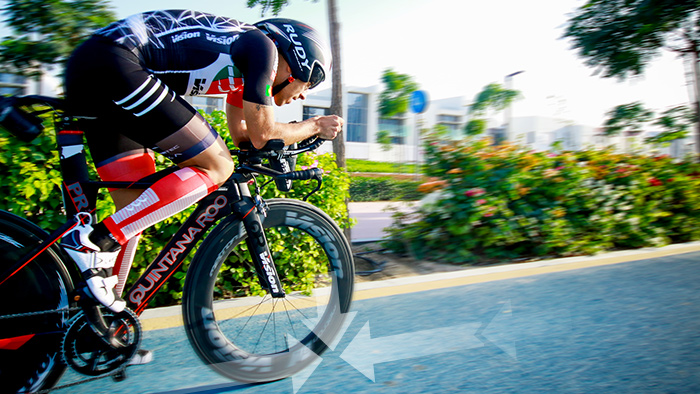J
jimmycash245
Guest
Hello,
Could not find the answer on the web I thought, let’s try this forum for my query
The Direct drive hub motor vs. geared hub motor debate.
Rolling resistance on direct drive rear hub motor goes like this.
Valve stem at bottom grab spoke at 90 degrees spin wheel to rear seat stay let go
2.25 rotations on direct drive Rear Hub Motor. my pedal bike can do 7 rotations on rear wheel with this technique.
So, a little rolling resistance but not bad
Does anybody have a geared Rear hub motor e Bike that could tell me what kind of rotation you can get from a geared rear hub motor?
Thanks
Could not find the answer on the web I thought, let’s try this forum for my query
The Direct drive hub motor vs. geared hub motor debate.
Rolling resistance on direct drive rear hub motor goes like this.
Valve stem at bottom grab spoke at 90 degrees spin wheel to rear seat stay let go
2.25 rotations on direct drive Rear Hub Motor. my pedal bike can do 7 rotations on rear wheel with this technique.
So, a little rolling resistance but not bad
Does anybody have a geared Rear hub motor e Bike that could tell me what kind of rotation you can get from a geared rear hub motor?
Thanks


